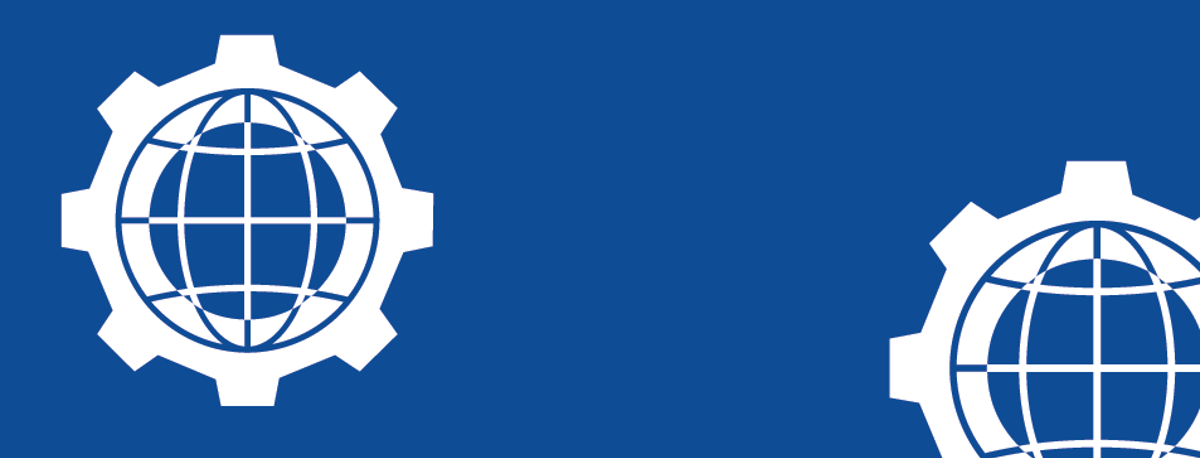From 761 eCMID inspections, it was surprising to see that 79 did not have a technical inspection carried out by the vessel operator.
ISM Code 10 (‘Maintenance of the Ship and Equipment’), section 10.2 states that, “the company should ensure that inspections are held at appropriate intervals.” These should be executed in compliance with the appropriate procedures by competent and qualified personnel and are usually carried out by the superintendent’s visit and associated inspection reports.
There remains a concerning issue of control for entry into confined spaces with 9% of the inspected vessels inadequately controlling enclosed space entry. For the shipping industry, the safe management of confined space entry remains a significant issue, with 11 seafarers losing their lives between May and August 2022 owing to enclosed space procedures being followed incorrectly.
From the very beginning of all seafarers’ basic training, we are instructed on the hazards and procedures of entering confined spaces yet – sadly – we continue to witness unnecessary fatalities.
Cybersecurity compliance was previously high owing to changes in regulatory requirements. This could be why cybersecurity findings have fallen by over 50%. However, with 13% of vessels without formal cybersecurity incident response, disaster recovery, and business continuity plans in place, it is still an area for owners, and especially operators, to work on.
One other area of major concern was that 7% of vessels had defects with their lifesaving appliances.
Some 9% of vessels have issues with navigation equipment and 9% with obvious leaks in machinery spaces, which also causes some concern.
Lifting equipment also came under scrutiny with 15% vessels not having an adequate lifting equipment management system in place. Issues with mooring and towing equipment is also on our radar, with 8% vessels reported to have defects on mooring/towing equipment.
When analysing the supplements, 10% of 382 vessel reports identified that the vessel did not have a copy of the most recent Failure Modes and Effects Analysis (FMEA) for the dynamic positioning system. Other FMEAs that raised a high percentage of findings were pipelay and cable lay vessels, heavy lift vessel bilge, ballast systems, as well as walk-to-work systems.






Login / register to join the discussion
Comments
There are no comments for this article.